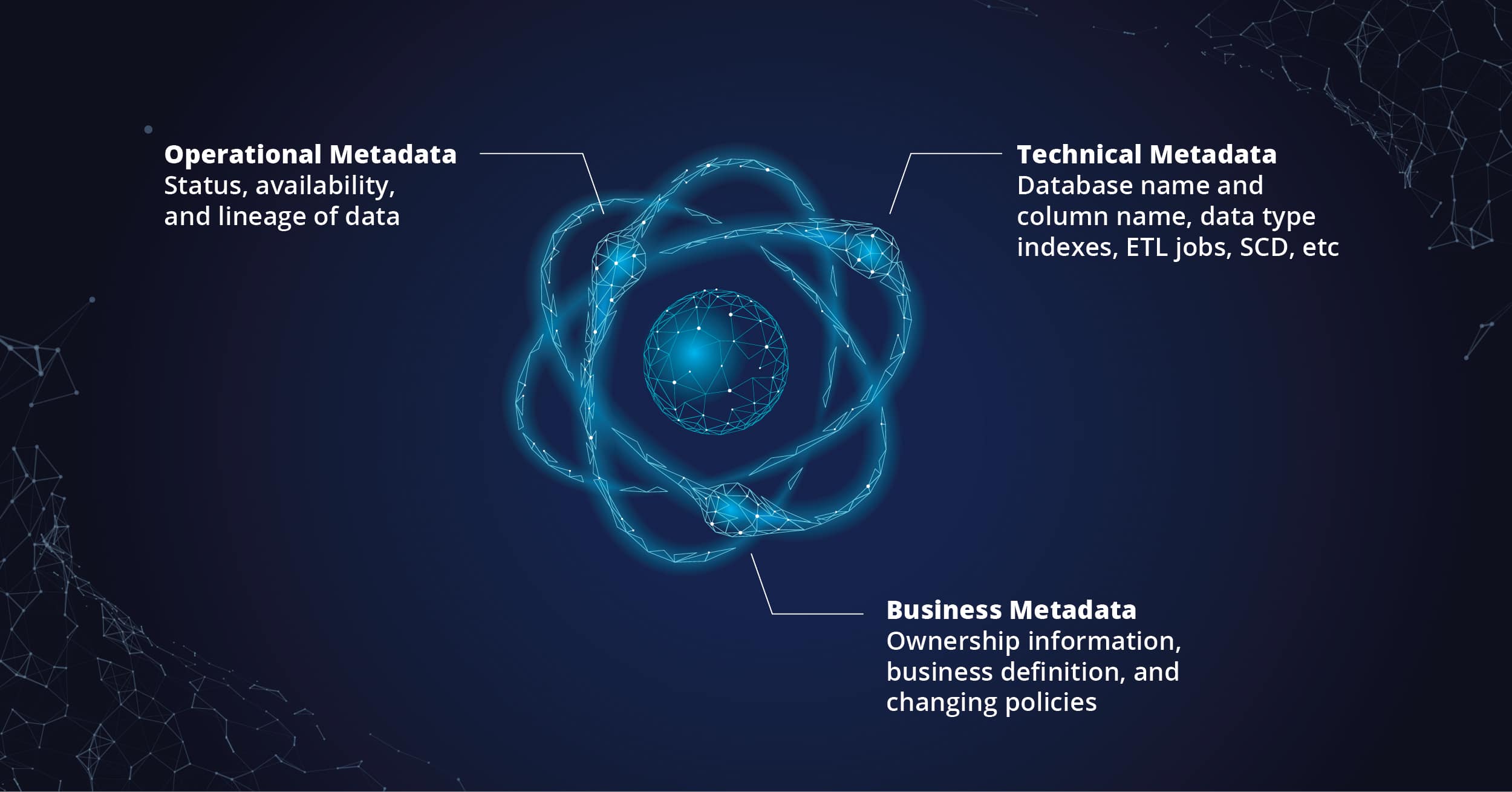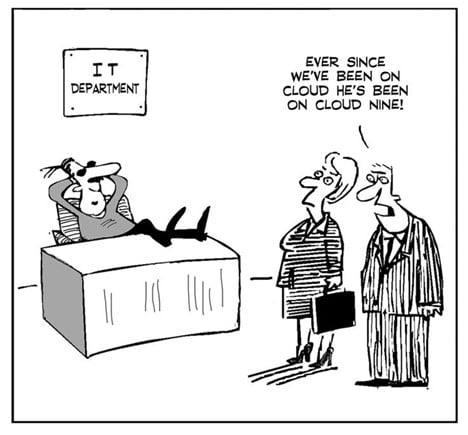In the previous part, we shed light on why data warehouse automation technology should be an integral part of your data warehousing strategy. Here, we’ll talk about metadata and why a metadata-driven approach and DWA are like peanut butter and jelly for agile data warehouse development. In this blog, we will discuss the definition of metadata, examples, and the three categories of metadata. Further, it explains the importance of metadata in a data warehouse.
What is Metadata?
Metadata is the data that acts as a directory for other data. It helps users understand data at a higher level. A daily-life example of understanding the concept of metadata is a book’s index. An index is metadata that includes all the information about a book’s contents.
What is Metadata in Data Warehouse?
In a data warehouse, metadata can be many things, like data types, formats, source and destination database tables, entity relationships, SCD patterns, ETL mappings and transformations, and more.
As such, a metadata-driven architecture allows you to bring source database schema into a data model, customize its structure based on your business requirements, and make the data model available for subsequent processes, such as data analytics.
When the metadata-driven approach is coupled with DWA, they become the perfect partners that streamline design, development, and deployment, leading to a robust data warehouse implementation. Such a combination provides IT teams with everything they need to formulate agile and sustainable processes that help deliver high-quality outputs consistently.
Metadata answers the 5 Ws (and an H) of your business data stored in your data warehouse.
Think of metadata as atoms. Just like atoms are the fundamental units of matter and define the structure and properties of chemical elements, metadata serves as the building blocks of your data warehouse. It provides you with the context, characteristics, and lineage of your business data to an atomic level, allowing you to see its current and historical information.
Three Major Types of Metadata in Data Warehouse
There are three major types of metadata in a data warehouse:
- Operational Metadata: Operational metadata provides information about the history and status of data. Examples of operational metadata would include data archive and retention rules, error logs, and data sharing rules.
- Technical Metadata: Technical metadata gives knowledge about the format and structure of the data. Examples of technical metadata include column names, database system names, and data models.
- Business Metadata: Business metadata focuses on data governance and helps non-technical business users to understand a data warehouse in more straightforward everyday language.

Categories of Metadata In Data Warehouse
Why is Metadata in Data Warehouse Important?
The role of metadata in a data warehouse is crucial. Let’s explore what business stakeholders and IT teams get out of the marriage of these two technologies:
Powers up the Iterative Development Culture
With a project as big as a data warehouse, working in smaller, more manageable cycles is always recommended rather than a big-bang approach. Else, you’ll easily lose sight of the real purpose of your data warehouse: to provide trusted insights to help users answer business questions and empower data-driven decision-making.
As such, applying an iterative model is only possible when your data warehouse team is equipped with the right gear to deliver updates to your under-construction or existing data warehouse in an agile manner.
A metadata approach in data warehouse automation tools, like Astera DW Builder, enables your team to rapidly build prototypes around your proposed business logic, ensuring the reliability and accuracy of your data warehousing processes. Once you have successfully created, tested, and implemented one of your reporting flows prototypes, you can create a repeatable process for other analytics projects. This is because Astera DW Builder heavily automates repetitive tasks and allows you to repurpose existing models and flows for faster development.
Futureproofs Your Data Warehouse Deployment

Data Warehouse Deployment (Credits: MotionPoint)
Data warehouses should be designed as ever-expanding systems that can easily welcome and embrace changes as they occur. Business users continually discover new requirements that must be reflected in reporting dashboards to base their analysis and predictions on the most recent data and conditions.
With a metadata-driven architecture, IT teams don’t have to worry about keeping up with upstream and downstream dependencies. Developers can rest assured that updating the existing infrastructure with the new requirements won’t result in a ripple effect that might disrupt your data warehouse implementation’s integrity and usability.
Astera DW Builder captures changes on the metadata level, saving you from manually coding them separately in various areas, such as dimensional models, ETL flows, and staging tables. Since it boasts logical development, you must update your data models and redeploy them to reflect the changes across multiple development environments and, consequently, to your data warehouse, fueling your analytics projects.
Gives the Confidence to Move to the Cloud

Now let’s look at the metadata and data warehouse automation wedlock from the cloud perspective.
Businesses are moving away from the on-premise infrastructure, at least most of their data ecosystem, if not all, to the cloud. That’s primarily because of the world of options the cloud providers offer to store and manage data. There are one-click scalability options, unlimited compute power, zero hardware requirements for storing petabytes, fast and easy access to information for business users, improved query performance, and so on.
Since metadata holds all the contextual information about your enterprise data ecosystem, it is agnostic to the platform used to build the data warehouse. This means you can easily switch and shift your data warehouse to a more suited DW architecture to meet your changing business needs.
The role of metadata-driven ETL in data warehouse automation tools is that they take the underlying code and automatically transform it to work in the target cloud platform, saving your developers from going back to the drawing board to rewrite the code. With this, you can select Snowflake, Azure, Oracle, Redshift, or any other cloud provider to build or migrate your data warehouse from any data source.
How Does Astera DW Builder Empower Metadata-Driven Data Warehousing?
Astera DW Builder simplifies and automates data warehouse development end-to-end, using the agile metadata-driven approach. The product fetches metadata directly from source databases and allows you to utilize it in your data warehouse’s design, development, and deployment phases. Once implemented, introducing changes to the invention is easy, as the captured metadata allows you to propagate changes across the board while ensuring the integrity of existing models, integration flows, and deployments.
Do you want to see the power of the metadata-driven approach and how these two technologies are in action together? Request a live product demonstration for your use case today, or talk to our experts to see the value Astera DW Builder can bring to your data warehousing initiatives.








